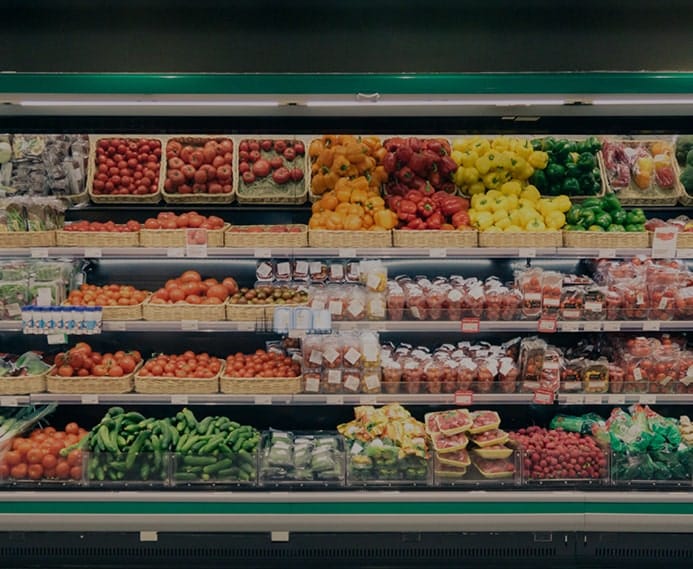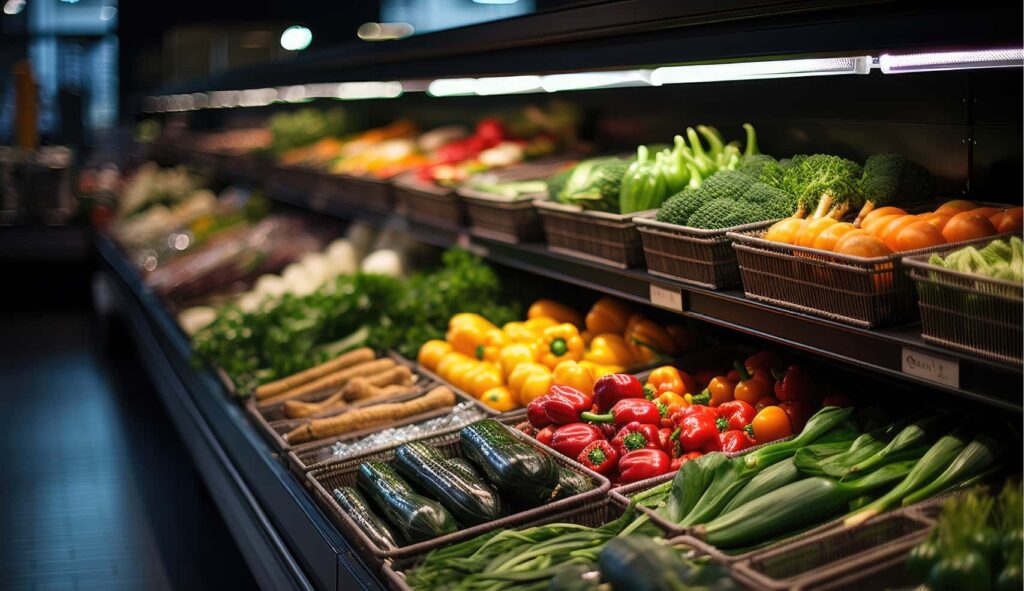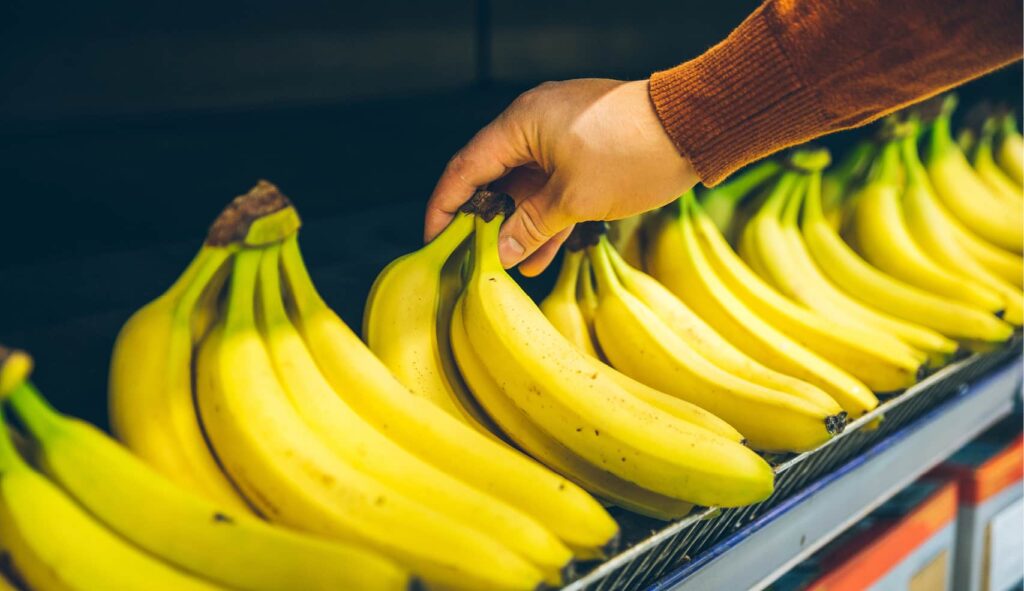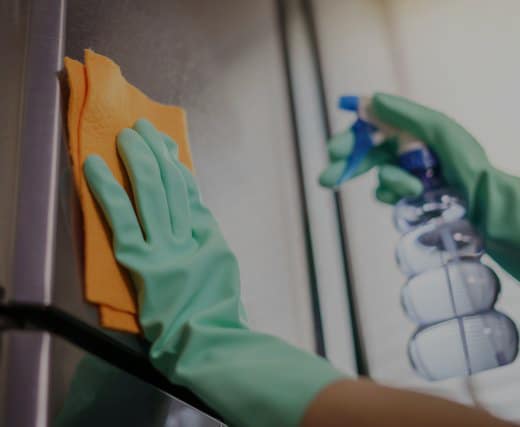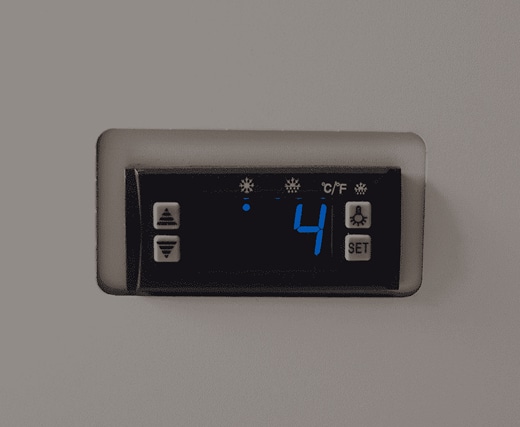The benefits of extending the shelf life of your fresh produce
- Offer your customers better quality produce – By offering your customer fresh produce, you’re providing a higher quality product that appears and taste superior. Customers prefer to buy fresh produce that has a longer shelf life because they know they’ll have more time to consume it before it goes bad. You can prolong shelf life by storing your food away from heat and direct light sources which will minimise mineral degradation, allowing the food to maintain its nutritional value for longer.

- Maintain price integrity – By extending the life of your produce, you can maintain larger margins as fresher produce attracts a higher price point. Customers can feel confident in purchasing your product at full price knowing they are receiving a higher-quality product.
- Reduced waste – By extending the life of fresh produce, you reduce the amount of produce that goes to waste, saving your business money.
10 ways to extend the shelf life of your fresh produce
Refrigeration is typically the highest consumer of energy in a supermarket. It also has a major impact on the lifespan of your produce so getting the best bang for buck out of your refrigeration is key.
Check your refrigerators
- Temperature control – Keep in mind that different perishable products have different temperature requirements. By keeping your food within the correct, food-safe temperature range, the shelf life will increase. Learn more about how to control the temperature in your commercial refrigeration here



